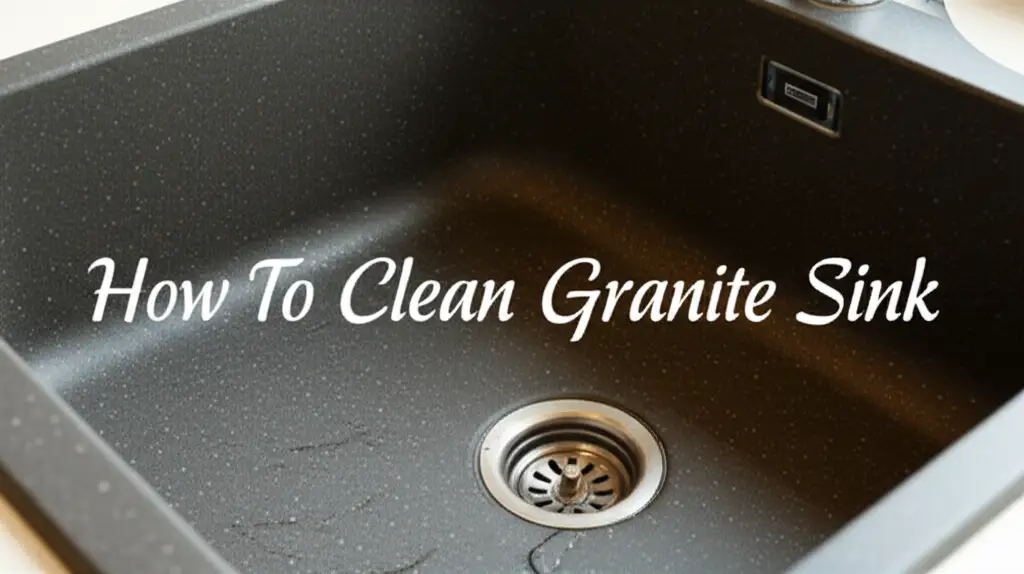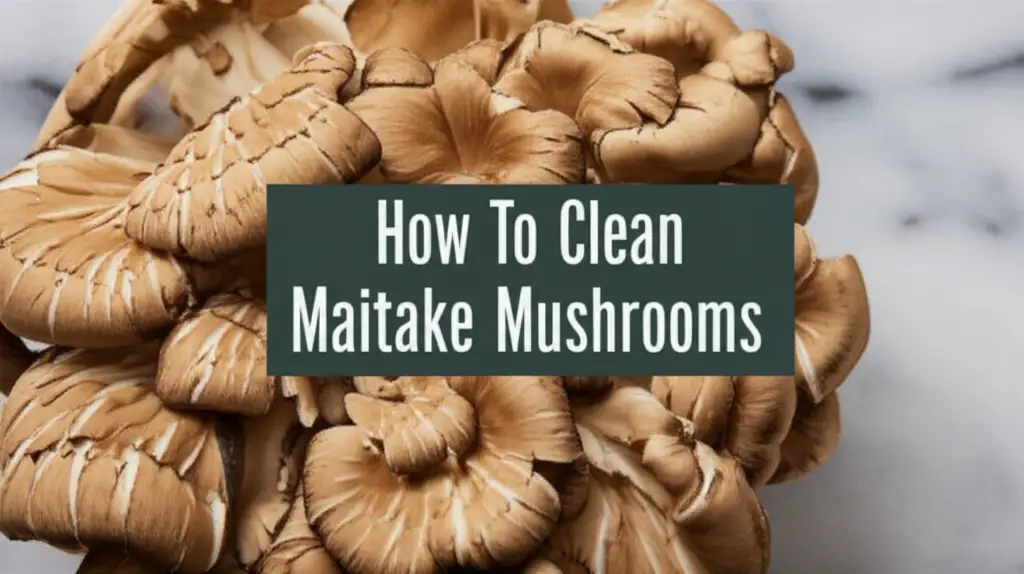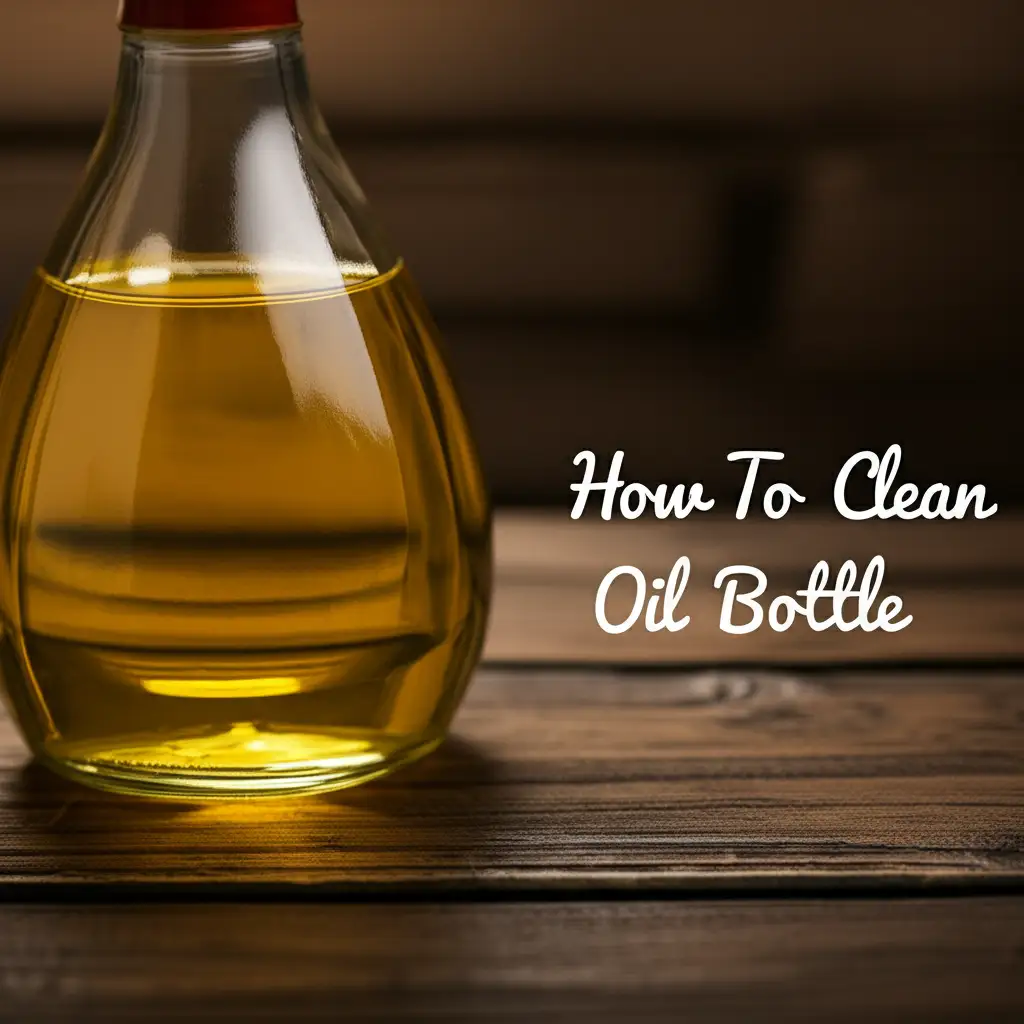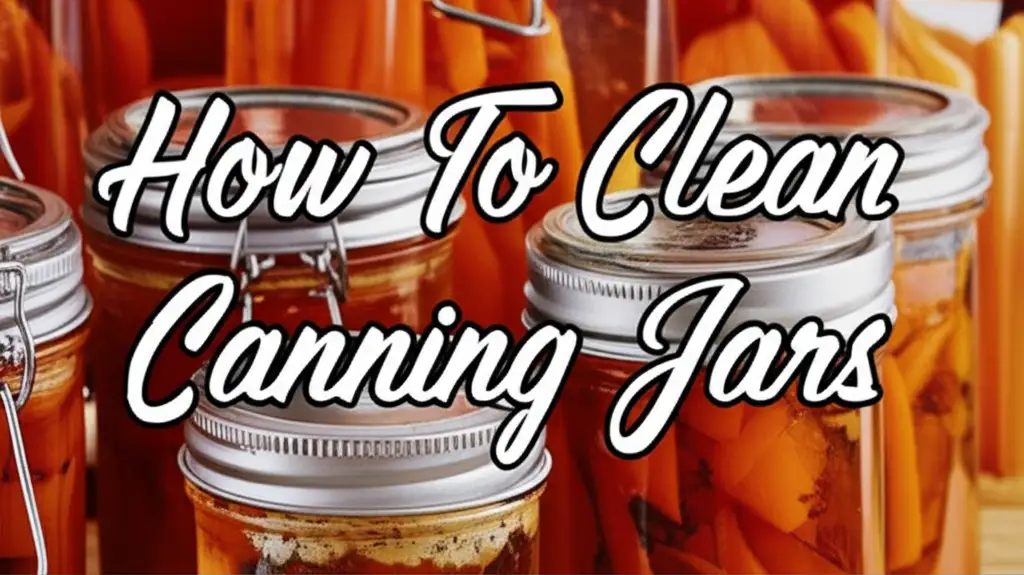· Kitchen Cleaning · 17 min read
How To Clean Ceramic Stovetop
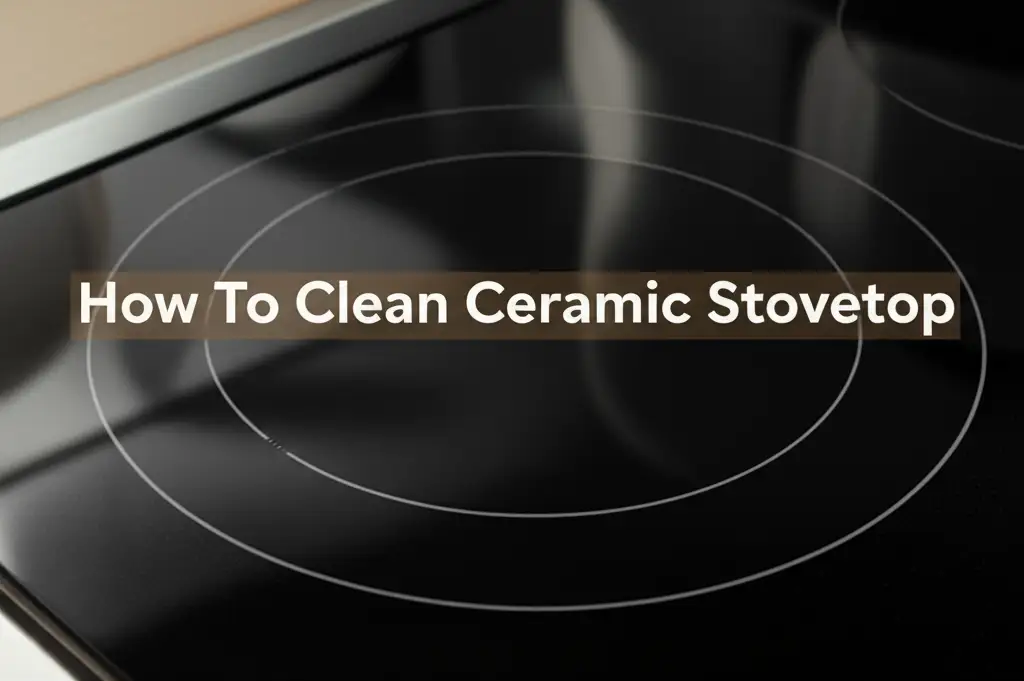
How To Clean Ceramic Stovetop: Restore Its Shine
A dirty stovetop can make your whole kitchen feel less inviting. Food spills and burned-on messes happen often on ceramic surfaces. Keeping your ceramic stovetop clean is important for both its look and its function. Proper cleaning helps prevent permanent damage and keeps your appliance looking new. I will show you how to effectively clean your ceramic stovetop. This guide covers everything from daily wipes to removing tough, caked-on residue. We will explore simple methods and helpful products. You will learn easy steps to bring back your stovetop’s original sparkle. I will help you maintain its pristine condition for a long time.
Takeaway:
- Always let your ceramic stovetop cool completely before you begin cleaning.
- Use a soft cloth or sponge with gentle cleaners for daily spills.
- Baking soda and vinegar create a powerful, natural paste for tougher stains.
- A razor scraper removes burnt-on food, but use it carefully and at a low angle.
- Wipe your stovetop regularly to prevent food from hardening.
To clean a ceramic stovetop, first ensure it is cool. Then, wipe away loose debris. For everyday grime, use a damp cloth with dish soap. For stubborn stains, apply a baking soda paste. Let it sit, then scrub gently. A razor scraper can remove hard, burned-on food. Finish by polishing with a microfiber cloth.
Understanding Your Ceramic Stovetop Surface
Ceramic stovetops are popular in many homes. They offer a sleek, flat cooking surface. These stovetops are made of a smooth glass-ceramic material. This material heats up quickly and is easy to clean when done right. However, they also show dirt and spills very easily.
The glass-ceramic surface is strong, but it is also delicate. Abrasive cleaners or harsh scrubbing can cause scratches. Once a scratch appears, it can be hard to remove. Scratches also collect dirt and make cleaning harder. Understanding the material helps you choose the correct cleaning approach. It lets you keep your stovetop looking its best for years.
Many people think ceramic stovetops are just glass. They are similar but not identical. Glass-ceramic is a special material. It handles high heat without breaking. This material makes cooking efficient. It also means you need specific cleaning tools and solutions. Standard kitchen cleaners may not be safe. They can leave streaks or damage the surface. Always check the product label to ensure it is safe for ceramic or glass cooktops.
Proper care extends the life of your stovetop. It also keeps your kitchen looking tidy. I learned that quickly cleaning spills is key. If spills sit too long, they bake onto the surface. This makes them much harder to remove. I always try to wipe up food as soon as the stovetop cools. This simple habit saves a lot of effort later. It prevents minor drips from turning into major cleaning projects.
Essential Tools and Supplies for Cleaning
Having the right tools is half the battle when you clean a ceramic stovetop. You do not need many items. The ones you do need are simple and common. They ensure effective cleaning without causing damage. I always keep these items ready in my cleaning caddy.
First, you need soft cloths or microfibre towels. These cloths are gentle on the surface. They do not leave scratches. Paper towels can work in a pinch, but they might leave lint. Microfibre cloths are best for polishing and streak-free finishes. I use separate cloths for cleaning and for polishing. This helps prevent cross-contamination and ensures a perfect shine.
Next, you need a good cleaner. A specialized ceramic stovetop cleaner works well. These cleaners are formulated to break down cooked-on food without harming the surface. Many brands sell these. You can find them at most grocery or hardware stores. I like to keep a bottle under my sink. It is always ready for a quick clean.
For tougher messes, you will need baking soda. Baking soda is a natural abrasive. It is gentle enough for ceramic surfaces. It works by absorbing grease and lifting stains. I also keep a bottle of white vinegar handy. White vinegar is excellent for cutting grease and dissolving hard water spots. It also helps to polish the surface. You can learn more about how vinegar cleans glass surfaces by visiting our guide on how to clean glass with vinegar.
A single-edge razor blade scraper is also a must-have for hardened, burned-on residue. This tool sounds scary, but it is safe when used correctly. The key is to hold it at a very shallow angle. This helps lift the burnt food without scratching the stovetop. I found that a scraper with a handle provides better control. Always use a new, sharp blade to prevent drag and damage. Dull blades can scratch the surface more easily.
Finally, a spray bottle is useful if you plan to use a vinegar solution. It helps apply the liquid evenly. A non-abrasive sponge or scrub pad is also good for applying cleaner. Make sure it is specifically labeled as non-scratch for glass or ceramic. Using the right tools protects your stovetop. It also makes cleaning much easier.
Daily Cleaning for a Sparkling Ceramic Stovetop
Daily cleaning keeps your ceramic stovetop looking new. It also prevents small spills from becoming big problems. This routine is simple and takes very little time. I make sure to do it after cooking most meals. It keeps the stovetop ready for the next use.
First, always wait for the stovetop to cool completely. This is very important. Cleaning a hot surface can cause severe burns. It can also make cleaning products less effective. Hot surfaces can also cause chemical reactions that damage the stovetop material. I usually wait at least 30 minutes after turning off the burners. If I am in a hurry, I will cook on a different burner.
Once the surface is cool, wipe away any loose crumbs or food particles. You can use a dry paper towel or a soft cloth for this. This step prevents small bits from scratching the surface during wet cleaning. It also makes the wet cleaning step more efficient. I often just sweep them into my hand or onto a plate.
Next, dampen a microfibre cloth with warm water. Add a few drops of dish soap to the cloth. Dish soap is good for cutting through light grease and food residue. Wipe down the entire ceramic surface with this soapy cloth. Use gentle circular motions. Focus on any visible spots or spills. This method is effective for fresh spills that have not yet hardened. It removes everyday grime and food splatters.
After wiping with the soapy cloth, rinse the cloth with clean water. Then, wipe the stovetop again to remove any soap residue. Soap left on the surface can leave streaks. It can also attract more dirt over time. I rinse my cloth thoroughly and wipe until no suds appear.
Finally, dry the stovetop thoroughly with a clean, dry microfibre cloth. Drying prevents water spots and streaks. It leaves the surface shining. A quick buff with a dry cloth makes a big difference. This daily routine keeps your ceramic stovetop in excellent condition. It makes deep cleaning much less frequent. Regular care is the best defense against stubborn stains.
Tackling Stubborn Stains and Burned-On Food
Stubborn stains and burned-on food are the biggest challenges for ceramic stovetops. These messes stick tightly to the surface. Regular wiping does not remove them. Special techniques are necessary for these tougher spots. I use a few different methods depending on the severity of the stain.
For moderately sticky spills, I start with a baking soda paste. Baking soda is a mild abrasive and a natural cleaner. Mix baking soda with a little water to form a thick paste. The consistency should be like toothpaste. Apply this paste directly onto the stain. Make sure the entire stained area is covered. I often apply a generous layer.
Once the paste is on, cover the area with a damp towel. A warm, damp towel helps the baking soda work better. It keeps the paste from drying out too fast. Let the paste sit for at least 15-30 minutes. For very tough stains, I let it sit for a few hours or even overnight. This gives the baking soda time to break down the hardened food.
After soaking, gently scrub the area with a non-abrasive sponge or cloth. Use circular motions. You will see the stain starting to lift. Be patient and do not scrub too hard. Hard scrubbing can scratch the surface. If the paste dries, re-dampen the towel and let it sit longer. Wipe away the paste and rinse the area with clean water.
For truly burned-on food, a specialized ceramic stovetop cleaner works well. These cleaners are formulated to dissolve charred residue. Apply the cleaner directly to the cold stovetop. Follow the product instructions for how long to let it sit. Usually, a few minutes is enough. Then, scrub gently with a non-abrasive pad. Rinse and dry the surface.
When all else fails, or for incredibly stubborn, rock-hard burnt spots, a razor blade scraper is your last resort. Only use this on fully cooled surfaces. Hold the scraper at a very shallow angle, almost flat against the glass. About 10-20 degrees is ideal. Gently push the blade under the burnt residue. The goal is to lift the crust, not to scrape the surface itself. This takes a delicate touch. I have found this tool to be very effective for those impossible spots. After using the scraper, clean the area with your regular stovetop cleaner to remove any remaining residue. Dealing with burned-on residue on a stovetop can feel like cleaning a really dirty pan. Sometimes, the principles are similar, as seen in methods to clean the bottom of a pan. Always be careful with the scraper to prevent damage.
Natural Cleaning Methods for Ceramic Stovetops
Many people prefer to use natural cleaning solutions. These methods are effective and safe for your home. They also reduce exposure to harsh chemicals. For ceramic stovetops, baking soda and white vinegar are your best friends. I use these two ingredients for most of my cleaning tasks. They are gentle yet powerful.
Baking soda paste is excellent for lifting grease and grime. To make it, simply mix baking soda with a small amount of water. You want a thick, spreadable paste. Apply this paste directly onto the dirty areas of your cold stovetop. Make sure the stains are fully covered. Let the paste sit for about 10-15 minutes. This dwell time allows the baking soda to loosen the stains.
After the paste has sat, take a soft, damp cloth. Gently rub the paste in circular motions. The mild abrasive quality of baking soda helps to scrub away the dirt without scratching the surface. Continue rubbing until the stains lift. Then, wipe away all the baking soda residue with a clean, damp cloth. Rinse the cloth often to remove all traces of baking soda.
White vinegar is another natural powerhouse. It is acidic, which helps to dissolve grease, hard water spots, and streaks. After you have cleaned off the major grime with baking soda, spray white vinegar directly onto the stovetop. You can put vinegar in a spray bottle for easy application. Spray a generous amount over the entire surface.
Next, immediately wipe the stovetop with a clean, dry microfibre cloth. You will notice the vinegar helps to eliminate any remaining streaks. It leaves your stovetop sparkling. Vinegar is also great for polishing and adding shine. This is similar to how vinegar can clean other glass surfaces, making them shine. You can find more information about this technique in our guide on how to clean glass with vinegar.
For very tough, sticky spots, you can combine baking soda and vinegar. First, apply the baking soda paste as described. Then, instead of just water, spray white vinegar directly over the baking soda. It will fizz and bubble. This reaction helps to lift very stubborn stains. Let it fizz for a few minutes. Then, gently scrub and wipe clean. This method is very effective for baked-on food. Remember to always rinse thoroughly after using any cleaning agent. This ensures no residue is left behind.
Removing Scratches and Restoring Shine
Even with careful use, minor scratches can appear on ceramic stovetops. These marks often look worse than they are. Sometimes, they are not true scratches in the glass. They are instead residues transferred from pots and pans. Restoring shine also helps make the stovetop look new. I learned a few tricks to deal with these issues.
First, determine if it is a scratch or a metal mark. Metal marks come from aluminum or stainless steel pots rubbing against the surface. They look like faint gray lines. True scratches are actual gouges in the ceramic material. Metal marks are much easier to remove than actual scratches.
To remove metal marks, use a specialized ceramic stovetop cleaner. These cleaners often contain a mild abrasive that can buff out these surface marks. Apply a small amount of the cleaner to the cold stovetop. Use a clean, soft cloth or non-abrasive pad. Rub the cleaner vigorously over the mark in a circular motion. Apply firm pressure. Continue rubbing until the mark disappears. Wipe away the excess cleaner with a damp cloth. Then, buff dry with a clean microfibre cloth. This often makes the stovetop look perfect again.
For very fine scratches, some stovetop polishing kits exist. These kits usually contain a special compound. This compound helps to fill in very minor surface imperfections. Follow the product instructions carefully. These are not for deep gouges. They only work on surface-level marks. Always test in an inconspicuous area first. This ensures the product does not cause further damage.
Restoring shine is also important for the overall look. After cleaning and removing marks, a good polish makes a big difference. Many ceramic stovetop cleaners also act as polishes. After cleaning, apply a thin layer of the stovetop cleaner. Buff it into the surface with a clean, dry microfibre cloth. Use circular motions until the surface shines.
Alternatively, you can use a small amount of white vinegar for polishing. After cleaning the stovetop, spray a light mist of white vinegar over the entire surface. Immediately wipe it dry with a clean, dry microfibre cloth. The vinegar helps to remove any streaks or residue. It leaves a streak-free, brilliant shine. This is a simple and effective way to make your stovetop sparkle. Regular polishing keeps the surface smooth and reflective. It also makes future cleaning easier by creating a barrier against new stains.
Preventative Care and Maintenance Tips
Preventative care is key to keeping your ceramic stovetop clean and shiny. It saves you a lot of time and effort in the long run. By following a few simple rules, you can greatly reduce the need for deep cleaning. I always try to incorporate these habits into my cooking routine.
First, always wipe up spills immediately after they happen. This is the most important rule. If food spills onto a hot stovetop, it bakes on quickly. This makes it much harder to remove later. As soon as the stovetop cools, clean any spills. Even a quick wipe with a damp cloth can prevent stubborn stains. I keep a dedicated sponge or cloth near the stovetop for this purpose.
Second, use the right cookware. Pots and pans with smooth, flat bottoms are best for ceramic stovetops. Avoid cookware with rough or warped bottoms. These can scratch the surface. Cast iron cookware is very heavy and can scratch if dragged. Lift pots instead of sliding them. I prefer using stainless steel or enameled cast iron. These are less likely to cause damage.
Third, avoid harsh cleaning products. Never use abrasive scrubbers, steel wool, or scouring powders. These materials will scratch the delicate ceramic surface. Stick to products specifically made for ceramic or glass cooktops. As I mentioned before, soft cloths and non-abrasive sponges are your best tools. Even using the wrong cloth can cause minor damage over time.
Fourth, keep sugary spills away from heat. Sugar is particularly damaging to ceramic stovetops. If sugar spills and melts onto the hot surface, it can bond with the glass. This can cause pitting or permanent damage. If a sugary spill occurs, turn off the burner immediately. Let it cool slightly, then gently scrape it off with a razor blade scraper. Do this while it is still warm but not hot. Then clean the area thoroughly.
Fifth, avoid letting pots boil over. Boil-overs create extra cleaning work. They also deposit food onto the hot surface, leading to baked-on stains. Use larger pots for liquids. Do not fill them to the brim. Monitor your cooking to prevent overflows. Simple vigilance helps prevent messes.
Finally, consider using a protective mat. Some silicone or fiberglass mats are available. You can place these on the stovetop when it is not in use. They protect against scratches from items placed on the surface. They also guard against accidental spills. This is especially useful in busy kitchens. Regular, gentle care and smart habits help maintain your ceramic stovetop’s pristine condition.
Common Ceramic Stovetop Cleaning Questions
Can I use oven cleaner on my ceramic stovetop?
No, you should never use oven cleaner on a ceramic stovetop. Oven cleaners contain harsh chemicals. These chemicals are too strong for the delicate glass-ceramic surface. They can cause discoloration, pitting, or permanent damage. Always use cleaners specifically designed for ceramic or glass cooktops. I have seen oven cleaner ruin stovetops before.
How often should I clean my ceramic stovetop?
You should wipe down your ceramic stovetop daily after it cools. This removes fresh spills and crumbs. For deeper cleaning to remove stubborn stains, aim for once a week or as needed. If you cook often or have many boil-overs, you might need to deep clean more frequently. Regular light cleaning prevents heavy build-up.
What causes white marks on my ceramic stovetop?
White marks often come from hard water mineral deposits or certain foods. These marks can be difficult to remove. Vinegar is often effective against hard water spots. You can spray white vinegar on the marks. Let it sit for a few minutes. Then scrub gently with a non-abrasive sponge. Specialized stovetop cleaners also work for these marks.
Is it safe to use a razor blade on my ceramic stovetop?
Yes, a razor blade scraper is safe when used correctly. Hold the blade at a very shallow angle, almost flat against the surface. Push it gently under burned-on residue. Do not use the sharp edge perpendicular to the surface. Always ensure the stovetop is cool before using a scraper. This tool is for lifting baked-on food, not scraping the glass itself.
Can I use abrasive sponges or steel wool?
No, you should never use abrasive sponges, steel wool, or rough scrub pads on your ceramic stovetop. These materials are too harsh. They will scratch the glass-ceramic surface. Scratches are very difficult to remove once they occur. Always use soft cloths, microfibre towels, or non-abrasive pads designed for glass cooktops. I avoid anything that feels rough.
How do I prevent scratches on my ceramic stovetop?
To prevent scratches, use cookware with smooth, flat bottoms. Lift pots instead of sliding them across the surface. Avoid using abrasive cleaners or scrubbers. Wipe up spills quickly to prevent hard, sharp food particles from scratching the surface. Place a soft mat on the stovetop when it is not in use for extra protection.
Conclusion
Keeping your ceramic stovetop clean is a simple task with the right approach. You now have the knowledge and tools to effectively clean ceramic stovetop surfaces. From daily maintenance to tackling stubborn, burned-on stains, each step helps maintain your stovetop’s beauty. Regular cleaning not only preserves the look of your appliance but also ensures its proper function. I find that a clean stovetop makes my entire kitchen feel more inviting.
Remember to let the stovetop cool completely before starting. Use soft cloths and non-abrasive cleaners. Baking soda and vinegar offer a powerful, natural solution for many messes. For the toughest spots, a specialized cleaner and careful use of a razor scraper are your best allies. Consistent preventative care, like wiping spills immediately and using appropriate cookware, will save you time and effort in the long run. By following these straightforward tips, you can keep your ceramic stovetop shining like new for many years. Start your cleaning routine today and enjoy a spotless kitchen.
- ceramic stovetop cleaning
- glass cooktop care
- stovetop maintenance
- tough stain removal
- daily stovetop cleaning

